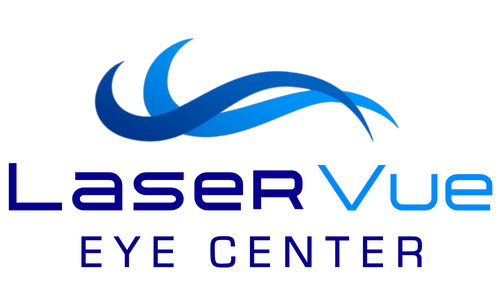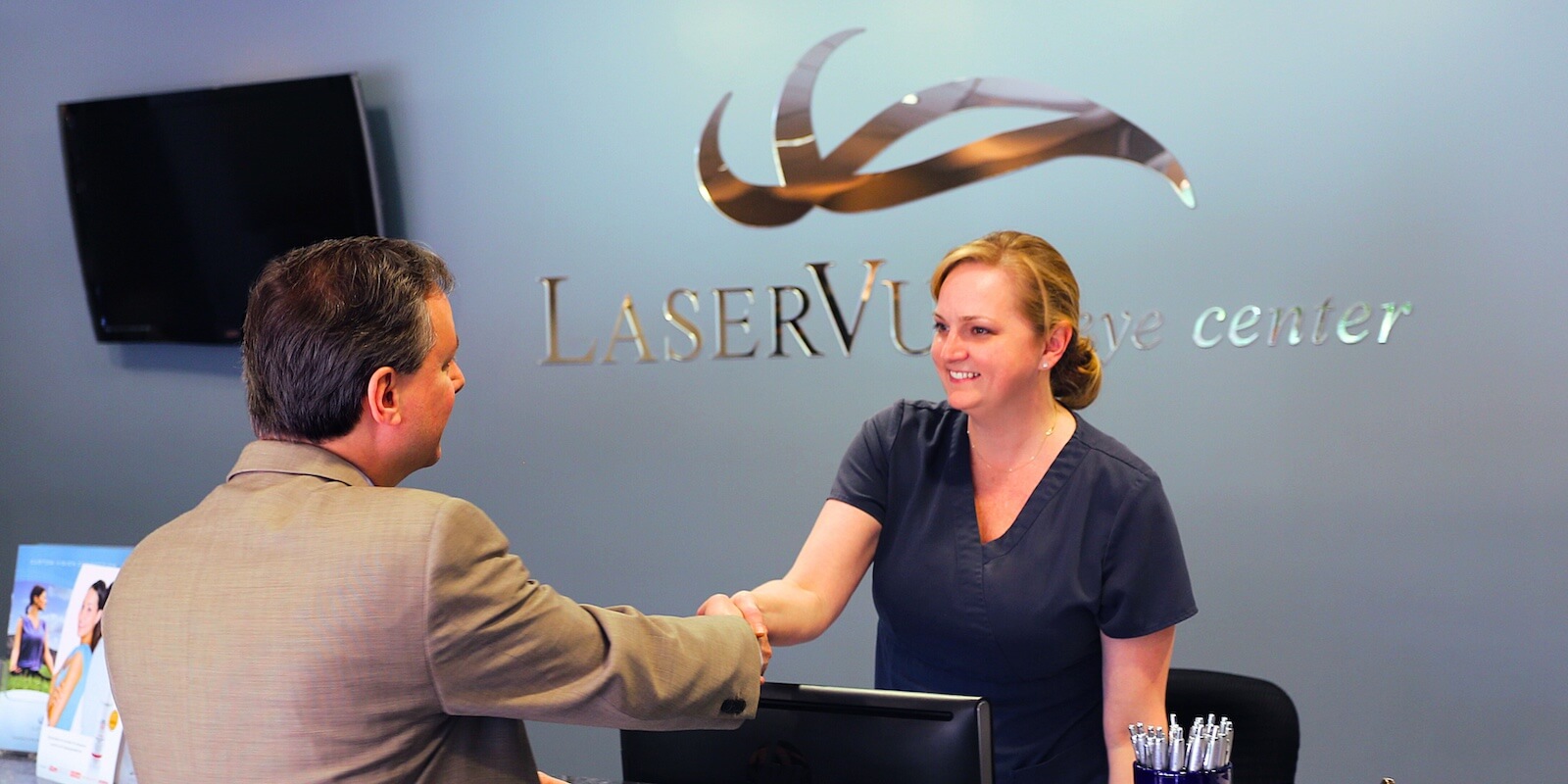Posted by: LaserVue LASIK & Cataract Center in Uncategorized

Up until recently, there have been limited treatment options for keratoconus. But now, there is a new treatment currently in an FDA study that look promising, collagen cross-linking.
Now, with corneal collagen cross-linking (CXL), up to 90% of patients (according to many recent studies) have found that their keratoconus was slowed or stopped altogether in a one hour in-office treatment.
Corneal collagen cross-linking is a relatively simple process. First, a riboflavin solution (Vitamin B2) is dropped onto the eye and allowed to sit for several minutes. After an adequate amount of saturation, ultraviolet light is applied the eye for 5 to 30 minutes, depending on patient condition and technology used. During this time, cross-links between the corneal cells are created, strengthening the cornea and slowing or halting progressive keratoconus.
Even better, about 50% of patients who receive CXL find improved visual acuity after the procedure.
During your CXL consultation, your surgeon will determine if cross-linking might be an appropriate treatment option for you.
To be a candidate, you must:
• be 14 years of age or older
• have progressive keratoconus or corneal ectasia
Patients who have corneal scarring or whose corneas are too thin or too steep are NOT good candidates for CXL. Patients who are female must not be pregnant or nursing.
